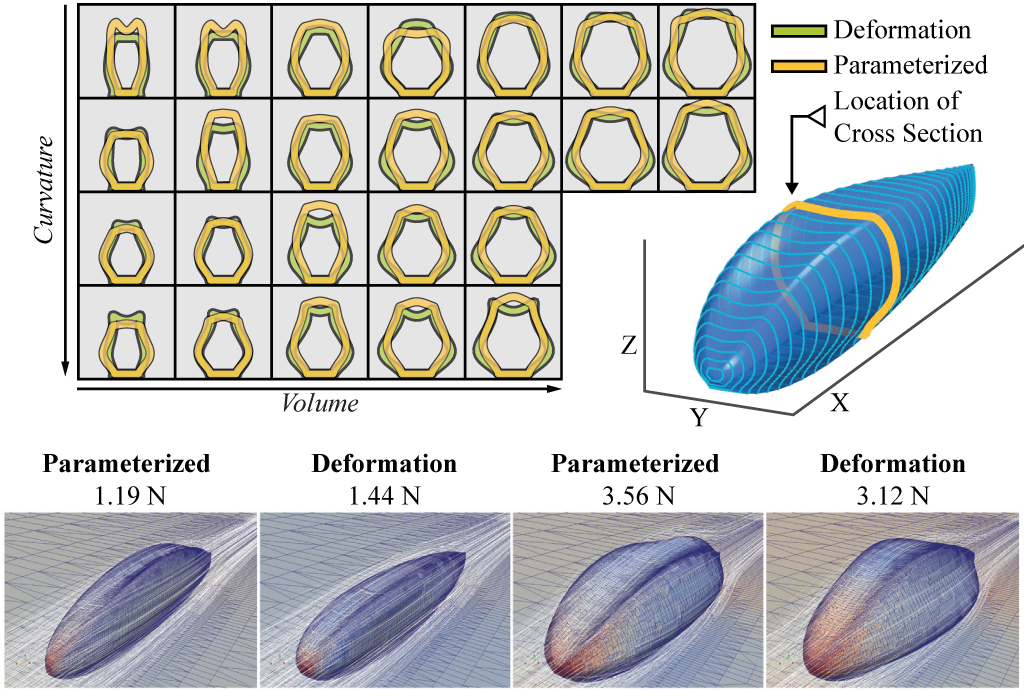Data-Efficient Exploration, Optimization, and Modeling of Diverse Designs through Surrogate-Assisted Illumination
The MAP-Elites algorithm produces a set of high-performing solutions that vary according to features defined by the user. This technique has the potential to be a powerful tool for design space exploration, but is limited by the need for numerous evaluations. The Surrogate-Assisted Illumination algorithm (SAIL), introduced here, integrates approximative models and intelligent sampling of the objective function to minimize the number of evaluations required by MAP-Elites. The ability of SAIL to efficiently produce both accurate models and diverse high performing solutions is illustrated on a 2D airfoil design problem. The search space is divided into bins, each holding a design with a different combination of features. In each bin SAIL produces a better performing solution than MAP-Elites, and requires several orders of magnitude fewer evaluations. The CMA-ES algorithm was used to produce an optimal design in each bin: with the same number of evaluations required by CMA-ES to find a near-optimal solution in a single bin, SAIL finds solutions of similar quality in every bin.
PDF Abstract
